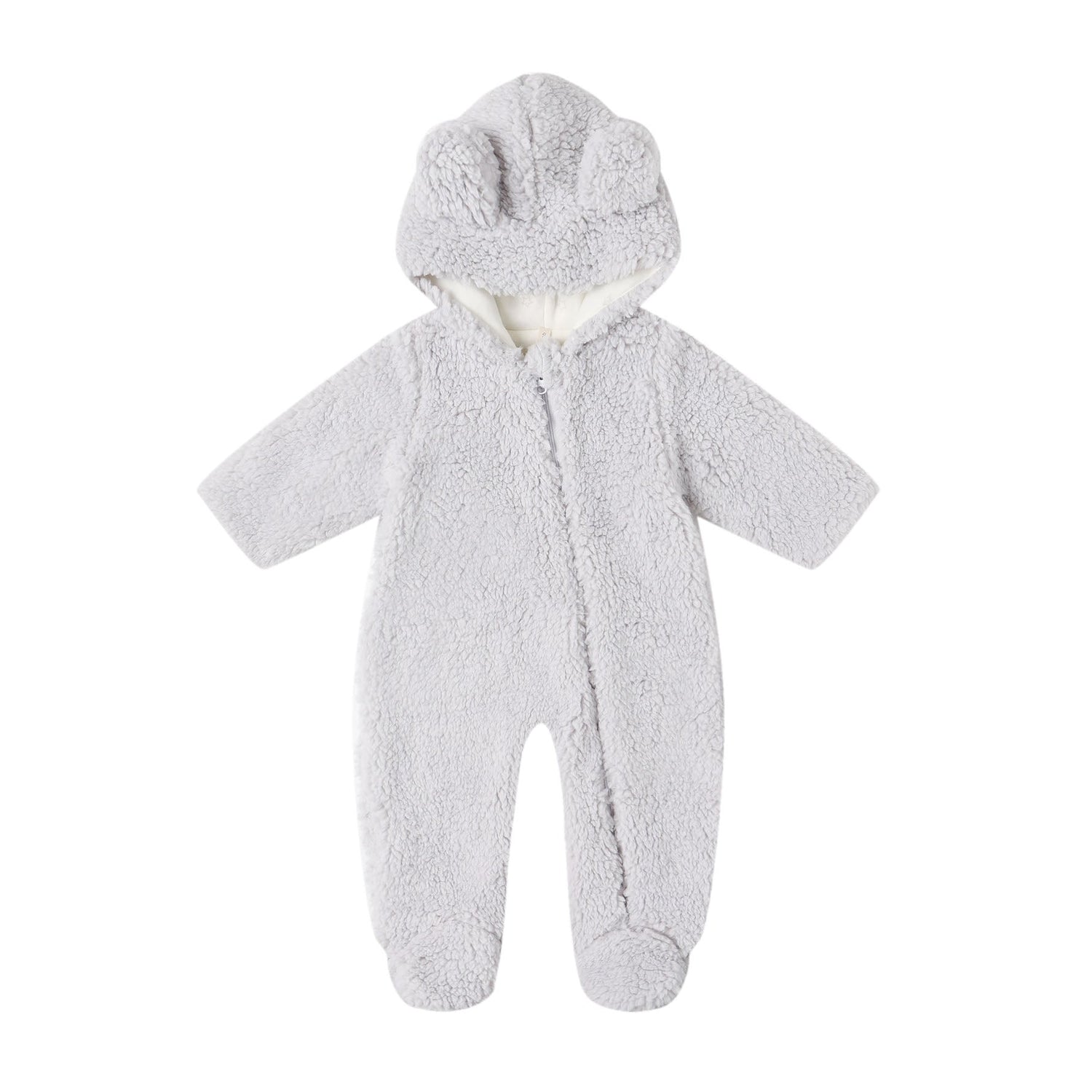Summer is the sunny season, which means you and your family are spending lots of time outside at the beach, at barbeques, at the pool, in the yard… soaking up tons of UV rays. Sunscreen is one of the ways you can protect your babies from sunburns, but there are some safety precautions you should take before you slather them up.

- For babies under six months old, it’s recommended that you use alternative methods of sun protection, such as rash guards, wide-brimmed hats, sunglasses, and other clothing that covers skin, instead of using sunscreen.
- Shade is your friend. Babies benefit from fresh air and moderate sunshine just like the rest of us, so it’s not necessary to stay indoors all the time. But if you can, it’s better to keep baby in a shady area where they’re mostly out of the sun. If you are at the park, find a tree where you can lay out a blanket and watch your kids play. If you’re at the beach, invest in a good umbrella or tent (you’ll probably be surprised how much you use it). After hours of playing in the sun and water, your other family members (and you) will appreciate having a cool, shady spot to rest.
- The harshest sun hours are between 10 a.m. and 4 p.m., so if you are spending some time in the sun with baby, the safest time would be before or after these times.
- Use gentle products specifically for kids or babies. Once your tot is six months, you can start using gentle sunscreen products. Since some of the chemicals in sunscreen are absorbed through the skin, be choosy. Babies’ skin is more sensitive than adult skin, and tends to be more sensitive, so harsh products can cause rashes or allergic reactions. Bottles labeled for babies or kids aren’t just marketed to moms for the sake of sales - they really are a more mild product that are safer for your little ones.
- Stick with lotions. As convenient as aerosol spray sunscreens are, avoid using them on your little ones. They don’t know to hold their breath while you spray, so they could accidentally inhale it, which is potentially dangerous.
- Use sprayable sunscreens carefully on older children, if you do use them. Use it for your child’s body, limbs, and scalp (my kids are bald until they’re three, so I have to sunscreen their heads), but use a lotion on their face to avoid inhalation.
- Waterproof is optimal, even if you aren’t going swimming. If it’s a hot day and your child gets sweaty, her sweat could “wash off” some of the applied sunscreen, causing risk of burns.
- The higher the SPF, the better. Consider 30 SPF your minimum. If you can find 50 SPF, that’s even more ideal.
- Proper application is key. If you slather sunscreen all over your child’s legs and arms but forget easily forgotten spots on their face, ears, neck, ankles, feet, and hands, your child may still get burned. Use more than you think is necessary, rub it in well and let it sit for at least ten minutes before getting wet.
- Use common sense when spending time outside. Don’t spend too long in the sun, even if you’re using sunscreen on your family. After a certain point, sunburns happen regardless of sunscreen.
- Keep covered, even with SPF. Use hats and cover your kids' exposed skin when spending prolonged hours in the sun. Head to the umbrella or shade structure if you start to feel too “sunned.” If you are feeling hot and over-exposed, your kids probably are, too.






